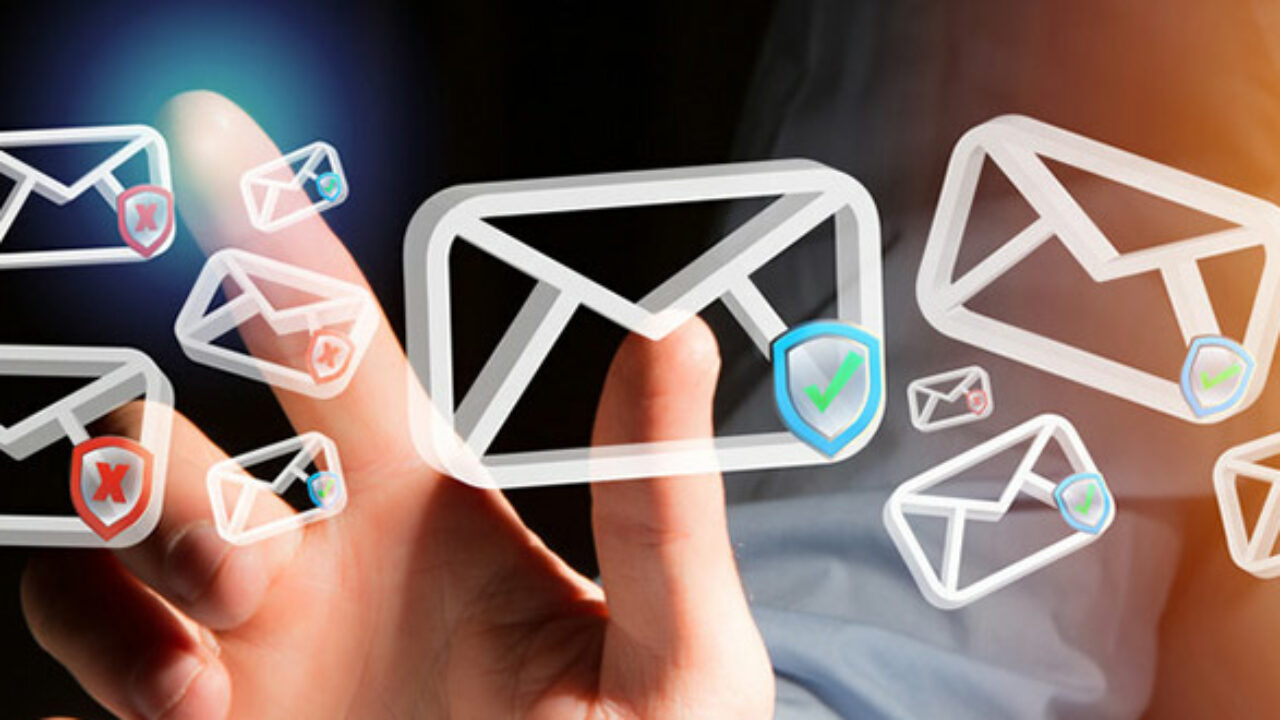Stop! And Think Before You Act on That Email: A Guide to Email Safety
Table of Contents
ToggleA Guide to Email Safety
Email has become an essential communication tool in our personal and professional lives. However, it’s crucial to exercise caution and think before taking action on any email you receive. In this comprehensive guide, we will explore best practices to help you avoid falling victim to phishing scams, malware, and other email-related threats. By taking a moment to pause, think, and apply these strategies, you can protect yourself and your information from potential harm.
Assess the Sender's Identity
The first step to email safety is carefully examining the sender’s identity. Ask yourself:
- Do you recognize the sender’s email address?
- Is it from a known contact or organization?
- Does the email address contain any misspellings or irregularities?
- Does the email seem suspicious or unexpected?
Evaluate the Content of the Email
After verifying the sender’s identity, scrutinize the content of the email:
- Is the email poorly written, containing grammar or spelling mistakes?
- Does the subject line or content create a sense of urgency or panic?
- Does the email request personal or sensitive information?
- Does the email contain unexpected attachments or links?
Beware of Phishing Attempts
Phishing is a common email-based scam. Here’s how to identify and avoid falling victim to phishing attacks:
- Check for generic greetings instead of personalized ones.
- Hover over links (without clicking) to see the actual URL they lead to.
- Be cautious of emails that redirect you to login pages or request password changes.
- Avoid providing personal information via email, especially financial or login details.
- When in doubt, contact the alleged sender through a different channel to verify the email’s authenticity.
Verify Attachments and Downloads
Attachments can carry malware or viruses. Take these precautions before opening any attachments or downloading files:
- Scan attachments using an up-to-date antivirus program.
- Verify the file type and ensure it matches the expected format.
- Be wary of files with unusual or unexpected extensions (e.g., .exe, .bat, .zip).
- If in doubt, contact the sender directly to confirm the legitimacy of the attachment.
Pay Attention to URLs and Links
Links within emails can be deceptive. Use these practices to stay safe:
- Hover over links (without clicking) to see the actual URL in a tooltip or status bar.
- Verify the domain name in the URL matches the purported sender or organization.
- Be cautious of shortened URLs or URLs that redirect multiple times.
- Avoid clicking on suspicious links, especially those promising prizes, rewards, or urgent actions.
Enable Email Security Measures
Take advantage of built-in security features and implement additional measures:
- Enable two-factor authentication for your email account.
- Activate spam filters to reduce the number of suspicious emails reaching your inbox.
- Keep your email client and antivirus software up to date.
- Use strong, unique passwords for your email account.
By following these best practices and taking a moment to pause and think before acting on any email, you can significantly enhance your email safety. Remember, scammers and cybercriminals often exploit urgency, curiosity, and trust to deceive recipients. Trust your instincts, stay vigilant, and protect your personal and sensitive information.

